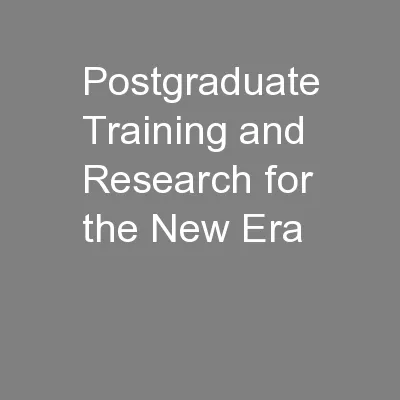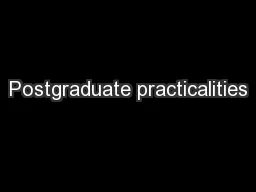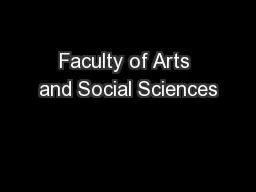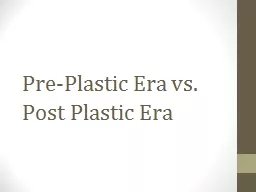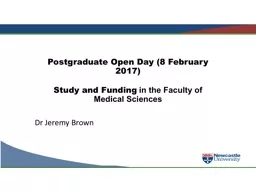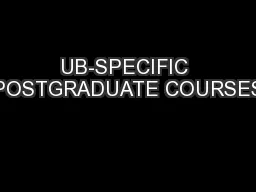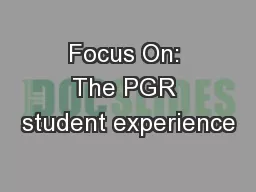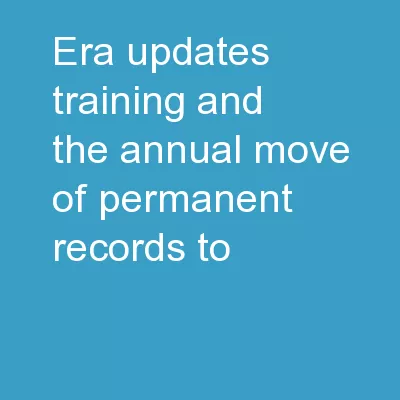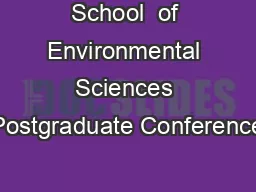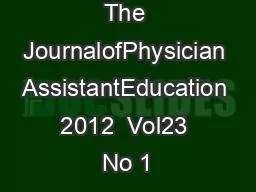PPT-Postgraduate Training and Research for the New Era
Author : phoebe-click | Published Date : 2016-02-28
How Modern Universities and Industries can Work Together Professor Jeremy Watson FREng Director Global Research Arup jeremywatsonarupcom Chief Scientific Adviser
Presentation Embed Code
Download Presentation
Download Presentation The PPT/PDF document "Postgraduate Training and Research for t..." is the property of its rightful owner. Permission is granted to download and print the materials on this website for personal, non-commercial use only, and to display it on your personal computer provided you do not modify the materials and that you retain all copyright notices contained in the materials. By downloading content from our website, you accept the terms of this agreement.
Postgraduate Training and Research for the New Era: Transcript
Download Rules Of Document
"Postgraduate Training and Research for the New Era"The content belongs to its owner. You may download and print it for personal use, without modification, and keep all copyright notices. By downloading, you agree to these terms.
Related Documents

